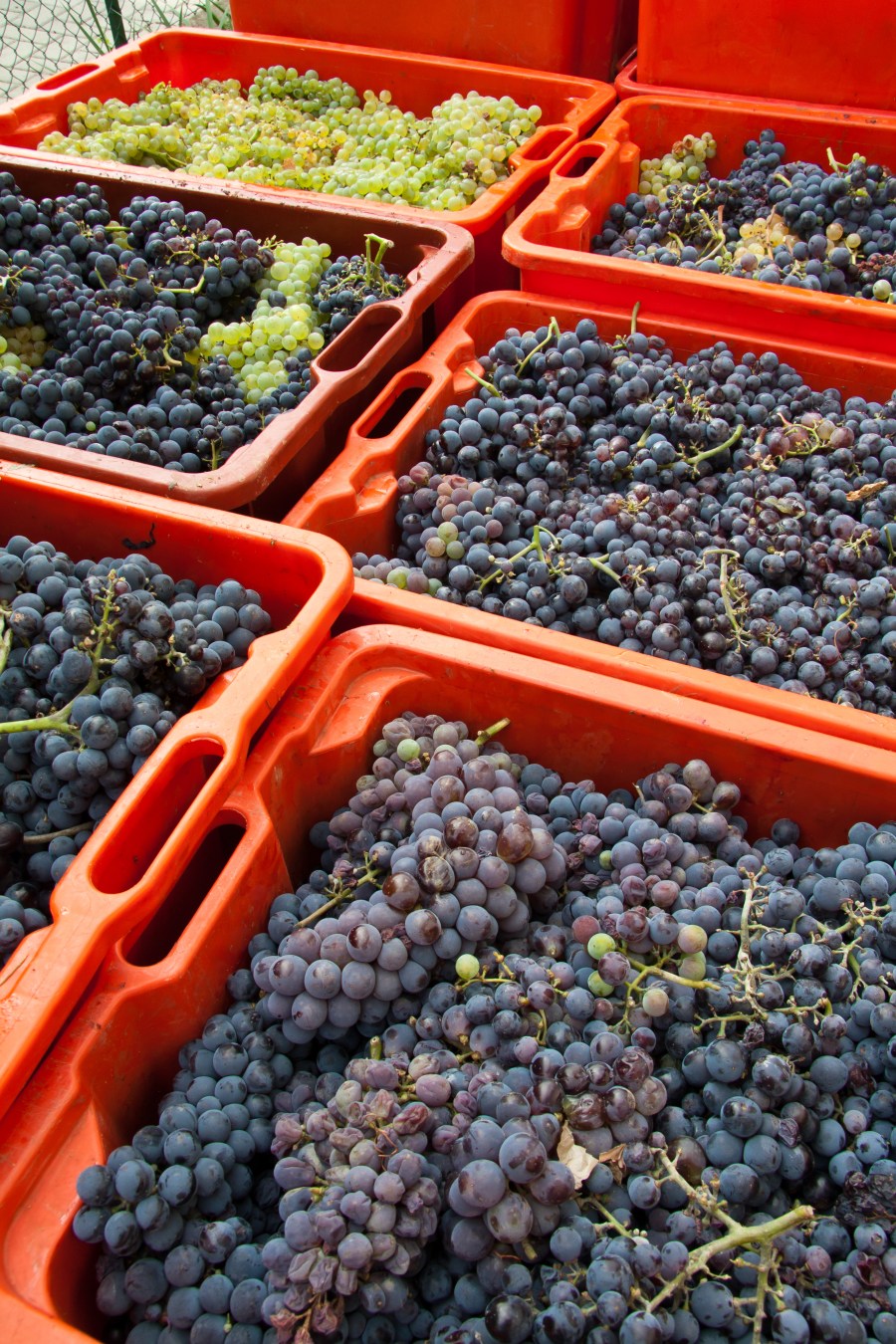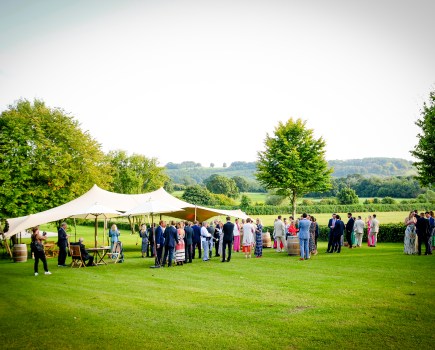We are a company that establishes vineyards and offers vineyard management services, and while it was never our intention to get into the fruit brokering business, somehow we now find ourselves moving several hundred tons of fruit annually for clients.
Buying grapes from growers and selling them on to wineries or contract wine makers is by no means a new concept in the UK wine industry, but it would appear that with the rapid growth in the industry the intensity and demand for grapes is growing. This is particularly being driven by emerging brands that rely on purchasing grapes and having wine made via contract wine makers, very similar to the négociant services operated in more established wine regions. While this trend is being driven by traditional sparkling wine production, there appears to be a marked increase in still wines and even innovative methods (new to the UK) such as Charmat!
Vine-works always recommends to our new grower clients that they should establish a long-term fixed contract with an existing winery or buyer before a vine is ever planted. Securing your investment with a fixed price per tonne allows you to calculate your potential return over the term. However, growers and purchasers who haven’t established long term contracts are forced to sell and source grapes on the open market, thus introducing an element of insecurity into the business plan. It is safe to say that while the UK can ripen grapes to a relatively consistent quality, yields can fluctuate, and this is when the open grape market sellers and purchasers can be exposed to fluctuating prices. The 2016, and 2017 vintages were respectively down about 30 – 40% and where very few grapes not under contract became available, the demand so far exceeded the supply that a tonne of grapes in some cases doubled. Those operating in the open market from year to year therefore find it difficult to establish a consistent bottle price.
This is all very basic economics driven by supply and demand, but I would argue there is an element to this issue that no one is talking about: Tank space! In a low yielding year established brands with their own vineyards may struggle to fill tanks. As they are working on a consistent annual volume output to meet their market demands, the open market becomes a source to service this demand. When you introduce purchasers developing a new brand into the mix the price becomes over heated. What if a portion of these empty tanks were filled with reserve wine? In a good year, such as the one we are experiencing, tank space has already become a major issue. We are currently sourcing grapes for our clients at incredibly low prices, but wineries are beginning to turn grapes away due to capacity issues. Growers under contract have supplied their agreed amounts and are looking to sell surplus fruit to buyers who are desperate to take advantage of low prices and more volume. Contract wine making facilities are now under pressure to limit supply simply due to lack of available tank space. There is talk of grapes being left to hang, not because there aren’t any buyers, but nowhere to put them. Again, a problem with tank space, but in this case lack of. In a year such as this the opportunity to hoover up excess grapes and turn it into reserve wine is simply being missed. A portion of reserve wine in the winery will relieve the pressure brought on from a low yielding year, and in a high yielding year it will allow you to refill tanks. Additionally, tank space filled with reserve wine can be brokered just as easily as grapes. This could go a long way to calming the excessive fluctuations of grape prices.
You might say that this introduces a whole new wine style: Non-vintage Sparkling Wine! For years we have been talking about the need for non-vintage style sparkling wines. The sparkling wine industry has been held hostage to a vintage only style for far too long. Arguably this has been driven by economics and challenging growing conditions, where demand has happily seen the necessity to single vintages sold annually. There are a few who have been making N.V. sparkling for several years, but it is hardly the norm. This would require extra tank space. Perhaps we have been short sighted on tank space far too long.




